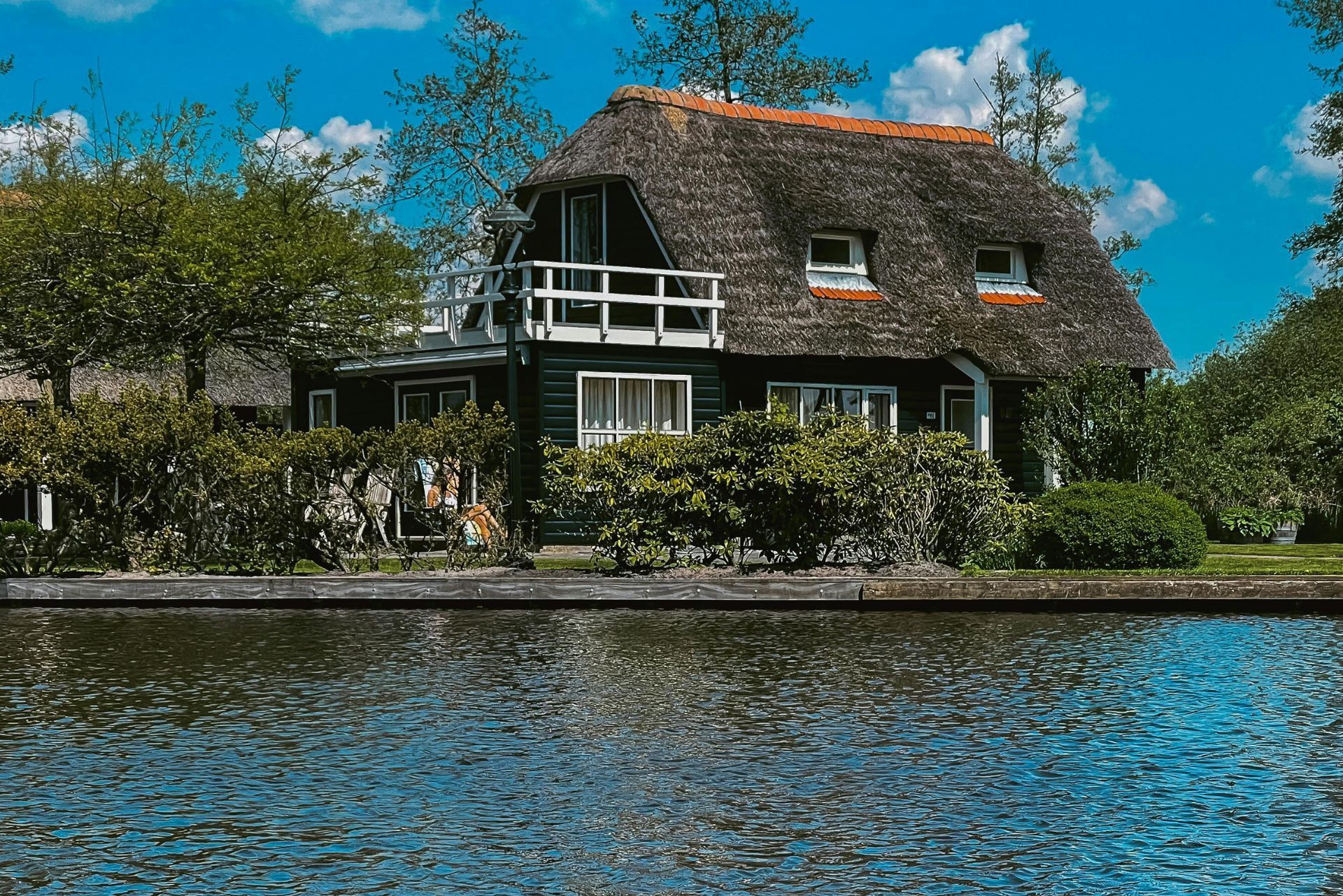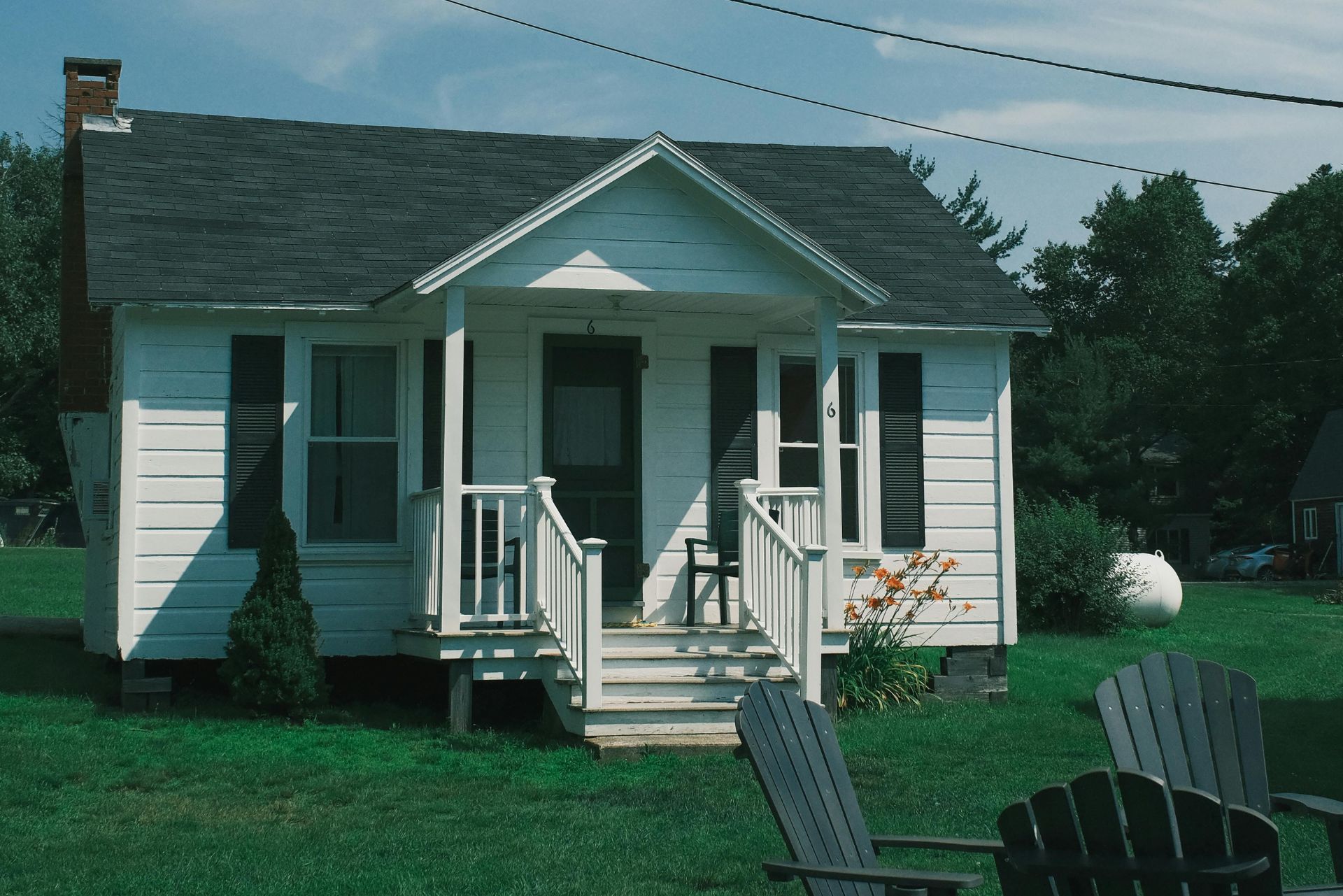Top 3 Recommended Policies
Index
Contact Us
Whether you're a seasoned property investor or a first-time second home buyer, understanding the intricacies of Texas second home insurance is crucial. This comprehensive guide will delve into the depths of this topic, providing you with the knowledge you need to make informed decisions.
Understanding Second Home Insurance
Second home insurance, also known as vacation home insurance, is a type of insurance policy that covers a property that isn't your primary residence. This could be a vacation home, an investment property, or a property that you rent out to others. It's important to note that second home insurance typically has different coverage and pricing than a standard homeowners insurance policy.
Why is this the case? The risks associated with second homes are often different from those of primary residences. For instance, second homes may be left unoccupied for extended periods, increasing the risk of burglary or damage from unnoticed maintenance issues. They may also be located in areas with higher risk of natural disasters, such as coastal or mountainous regions.

Factors Affecting Second Home Insurance in Texas
Several factors can influence the cost and coverage of your second home insurance in Texas. These include the location of the property, its age and condition, its occupancy status, and the type of coverage you choose.
The location of your second home can significantly impact your insurance premiums. For example, properties in coastal areas of Texas may be more expensive to insure due to the increased risk of hurricanes and flooding. Similarly, homes in rural areas may cost more to insure due to the lack of nearby fire stations or increased risk of wildfires.
Age and Condition of the Property
The age and condition of your second home can also affect your insurance costs. Older homes may require more maintenance and are often more susceptible to damage, which can increase insurance premiums. On the other hand, newer homes or those in excellent condition may qualify for discounts.
It's also worth noting that certain features of your home, such as a swimming pool or a trampoline, can increase your liability risk and therefore your insurance costs. On the flip side, installing safety features like burglar alarms or fire sprinklers can help reduce your premiums.
Occupancy Status
Whether your second home is regularly occupied, occasionally used, or rented out can significantly impact your insurance needs and costs. Homes that are left vacant for extended periods are often seen as higher risk by insurance companies, leading to higher premiums.
If you rent out your second home, whether on a long-term lease or as a vacation rental, you may need additional coverage to protect against liability and property damage. This can also increase your insurance costs.

Types of Coverage for Second Home Insurance
There are several types of coverage you might consider for your second home insurance in Texas. These include dwelling coverage, personal property coverage, liability coverage, and additional living expenses coverage.
Dwelling coverage protects the physical structure of your home and any attached structures, such as a garage. It can help pay for repairs or rebuilding if your home is damaged by a covered peril, such as fire or windstorm.
Personal Property Coverage
Personal property coverage protects the belongings inside your home, such as furniture, appliances, and personal items. If your belongings are damaged, destroyed, or stolen, this coverage can help replace them.
Keep in mind that certain high-value items, like jewelry or artwork, may require additional coverage. It's also important to note that if you rent out your second home, your tenants' belongings won't be covered by your policy.
Liability Coverage
Liability coverage can protect you if someone is injured on your property and you're found legally responsible. It can help cover medical bills, legal fees, and other related costs. This coverage is particularly important if you rent out your second home, as it can protect you from liability claims made by your tenants or their guests.
Additional Living Expenses Coverage
Additional living expenses (ALE) coverage can help cover the cost of temporary housing and other related expenses if your second home is uninhabitable due to a covered loss. This can be particularly useful if you rely on your second home for regular vacations or as a rental income source.
How to Get Second Home Insurance in Texas
Obtaining second home insurance in Texas involves several steps. First, you'll need to determine the value of your home and its contents to ensure you have adequate coverage. You'll also need to consider the specific risks associated with your property, such as its location and occupancy status.
Next, you'll need to shop around for quotes from different insurance companies. Be sure to compare not only the price of the policies but also their coverage, deductibles, and exclusions. It's also a good idea to check the insurer's financial strength and customer service reputation.
Once you've chosen a policy, you'll need to complete the application process, which typically involves providing detailed information about your property and paying your first premium.
Conclusion
Insuring a second home in Texas can be a complex process, but with the right knowledge and preparation, it doesn't have to be overwhelming. By understanding the factors that affect your insurance costs and the types of coverage available, you can make informed decisions that protect your investment and give you peace of mind.
Remember, every situation is unique, so it's important to work with a knowledgeable insurance agent or broker who can guide you through the process and help you find the best policy for your needs.






